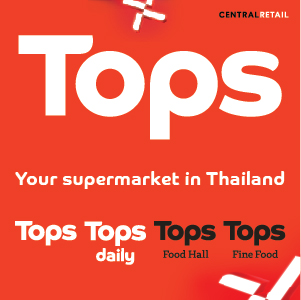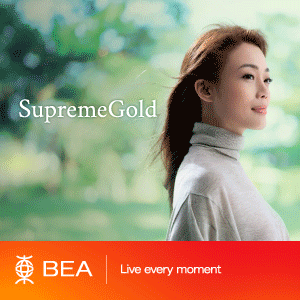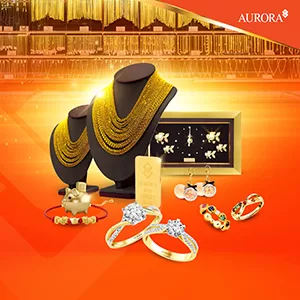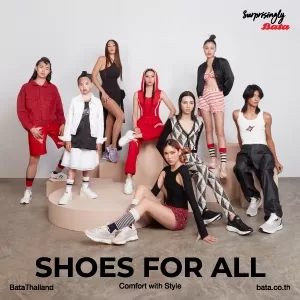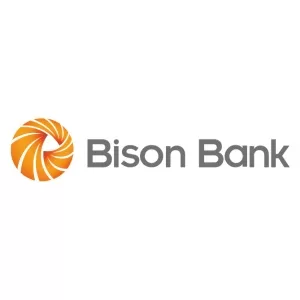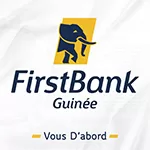Lifestyle
How Design Influences Consumer Behavior in the Fashion Industry
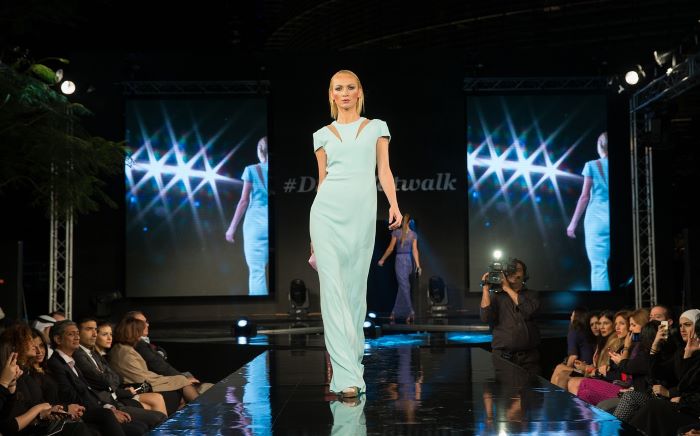
Why does one fashion piece captivate and another collect dust? The answer can be summarized in one word: design. The way a piece of clothing or an accessory item is designed speaks volumes to consumer choices in the fashion industry.
We humans are emotional beings, and whether we like it or not, all our purchases are emotionally motivated. Fashion designers and everyone working in marketing, regardless of niche, know this and use design elements such as color, logos, and patterns to create an emotional connection with the audience.
Therefore, today, we’ll have a look at how various design elements can influence consumer behavior in the fashion industry. We’ll talk about colors, patterns, and logos.
Colors’ Role in Fashion
Color psychology isn’t merely an artist’s muse; it’s a pivotal player in both apparel creation and branding strategies. Colors are loud without uttering a word, inflaming emotions and signaling status with a silent prowess.
Consider the iconic red of Christian Louboutin soles—a hue that has become synonymous with luxury footwear. Equally strategic is Tiffany & Co.’s unmistakable robin-egg blue box, which is instantly recognized everywhere in the world.
Color is often used to attract, but fashion brands also use it as a method of association. For instance, fast fashion companies like Zara employ seasonal colors that echo runway trends to attract consumers who want high-fashion look-alike clothes without the exorbitant price tag.
On the same note, the Patagonia brand uses earthy tones to tell everyone about its environmental ethos—a reflection of authenticity that resonates deeply with eco-conscious buyers.
Indeed, colors in fashion aren’t just about beauty—they’re about influence, stirring emotions and behaviors with strategic intent. Each tone works as both an attractor and a signal, weaving the fabric of brand identity that consumers don’t just see but feel.
Black minimalism in high-end fashion—seen in brands like Chanel or Yves Saint Laurent—isn’t just chic; it communicates sophistication, power, and timeless appeal. It’s no coincidence that such brands have cultivated a devout following, as their consistent color messaging fosters a distinct psychological profile.
Customization Through Patterns and Logos
In the realm of fashion, a well-defined pattern or logo is more than mere decoration; it’s an emblem of identity, an exclusive signature that distinguishes one brand from another.
Take Burberry’s classic check pattern. It encapsulates British heritage with every intersecting line, becoming so iconic that it needs no introduction—nor tag—to confirm its lineage. Equally significant, Adidas’ trio of stripes carries more weight than their geometric simplicity would suggest, offering instant recognition and unspoken assurance of athletic prowess entwined with street-style cool.
In time, these design elements become powerful tools of recognition that can promote almost any product. For instance, a small business that produces custom made hats can use the Adidas logo to appeal to the brand’s huge following and boost sales without changing anything else.
Each logo has a unique story to tell, such as Gucci’s GG pattern, which is an intrinsic representation of fashion blended with fine craftsmanship. Not only do these dual ‘Gs’ promise luxury; they showcase timeless design and, by a ripple effect, forge an intimate connection with the wearer.
These imprints transcend their basic function of brand identification—they help create communities. Consider how brands like Supreme or Vans have amassed cult followings partly through their recognizable motifs.
AI as Part of Fashion’s Design Arsenal
The fashion industry has a lot to gain from the latest developments in the Artificial Intelligence (AI) field. For instance, brands use the technology to understand and predict consumer behavior with near-prescient accuracy.
This happens with the help of algorithms that digest vast swaths of data from past sales, social media trends, and real-time shopping habits to forecast what consumers will yearn for next season or even next year.
Some retailers are in the game as well. For instance, retailers fuse AI with expert stylists to curate personalized shopping experiences that resonate deeply on an individual level. Their algorithm learns preferences more precisely with each interaction, leading to informed predictions about which styles or items one might prefer.
Fashion houses like Tommy Hilfiger leverage AI in their design process, too. Partnering with IBM Watson, they’ve turned historical data into fresh inspirations, leading to collections that blend creative intuition with consumer behavior insights—a cutting-edge approach breeding robust market relevance.
Wrap Up
In today’s fashion scene, it’s the colors, patterns, and logos that catch the customer’s eye — but it’s AI pulling the strings behind the curtain. As you can see, design elements are more than capable of piecing together a story that speaks without words, tugging on your shopping heartstrings.
So, before you go on your next shopping spree, pause and think about the intricate work that makes you choose specific clothes and accessories. There’s a good chance it was a savvy blend of design and algorithms that reeled you in.











